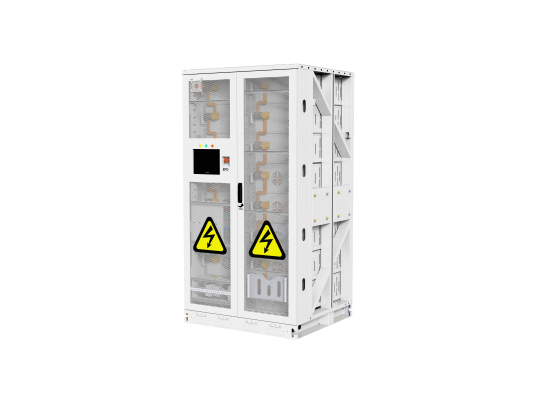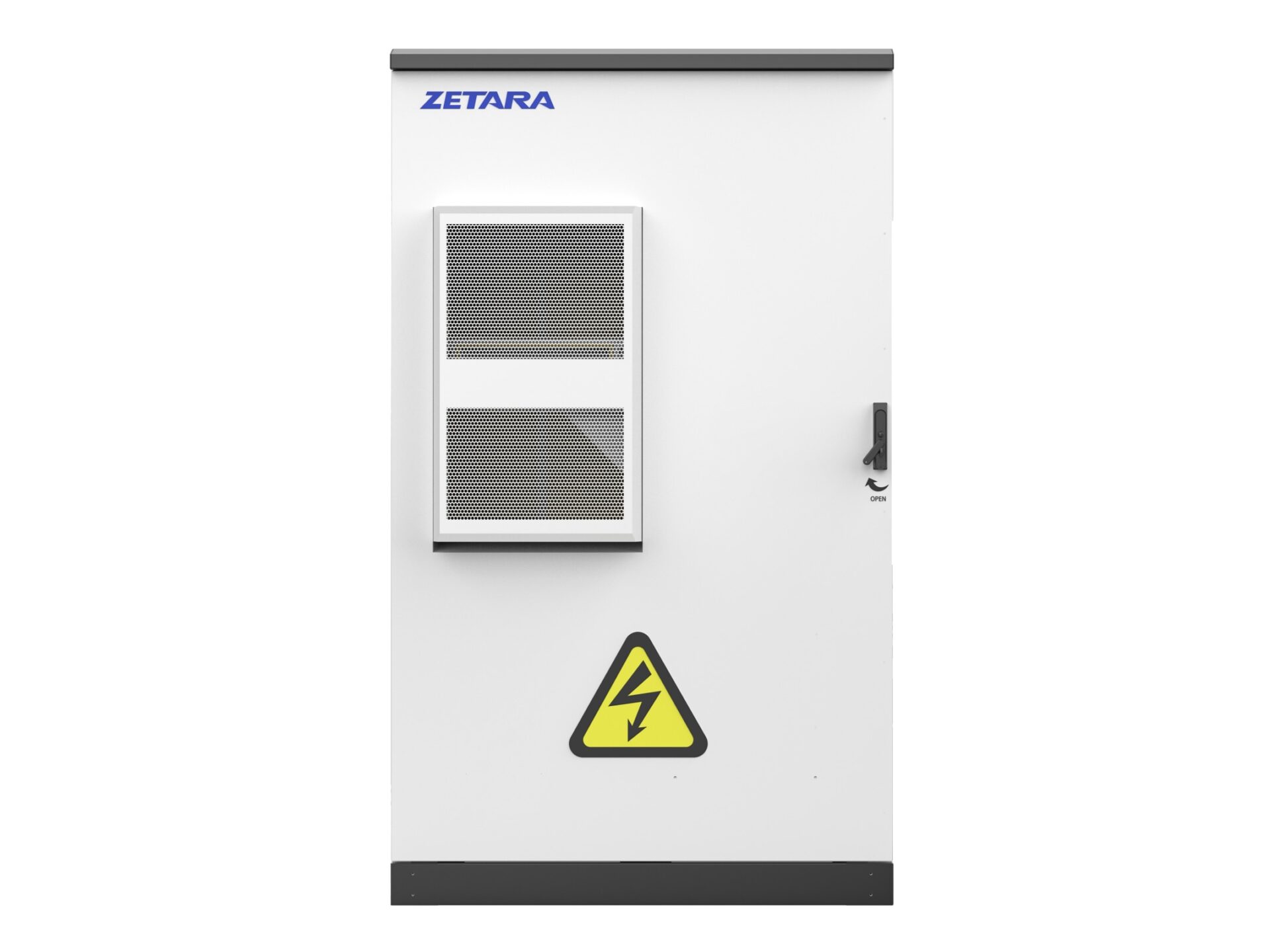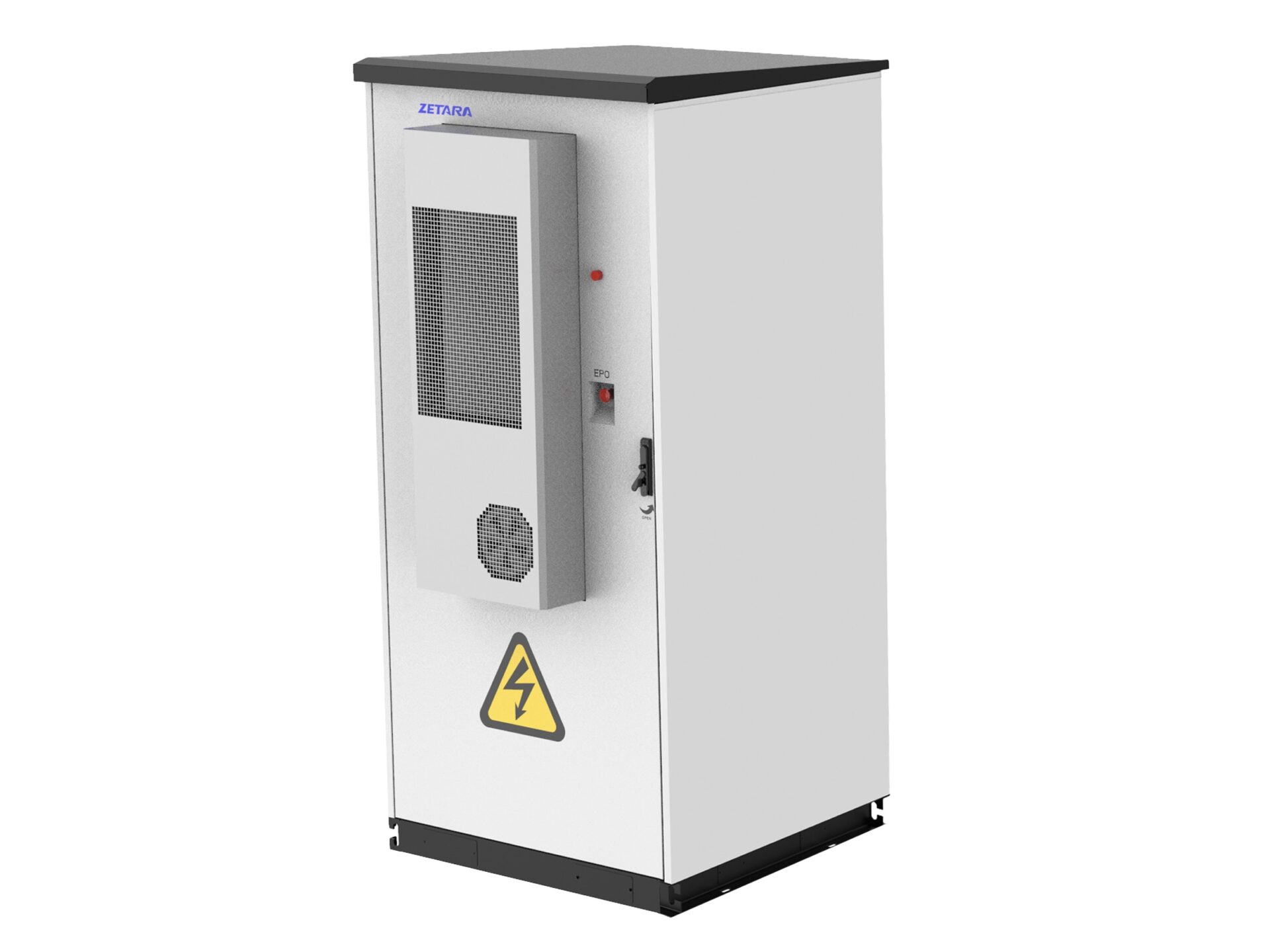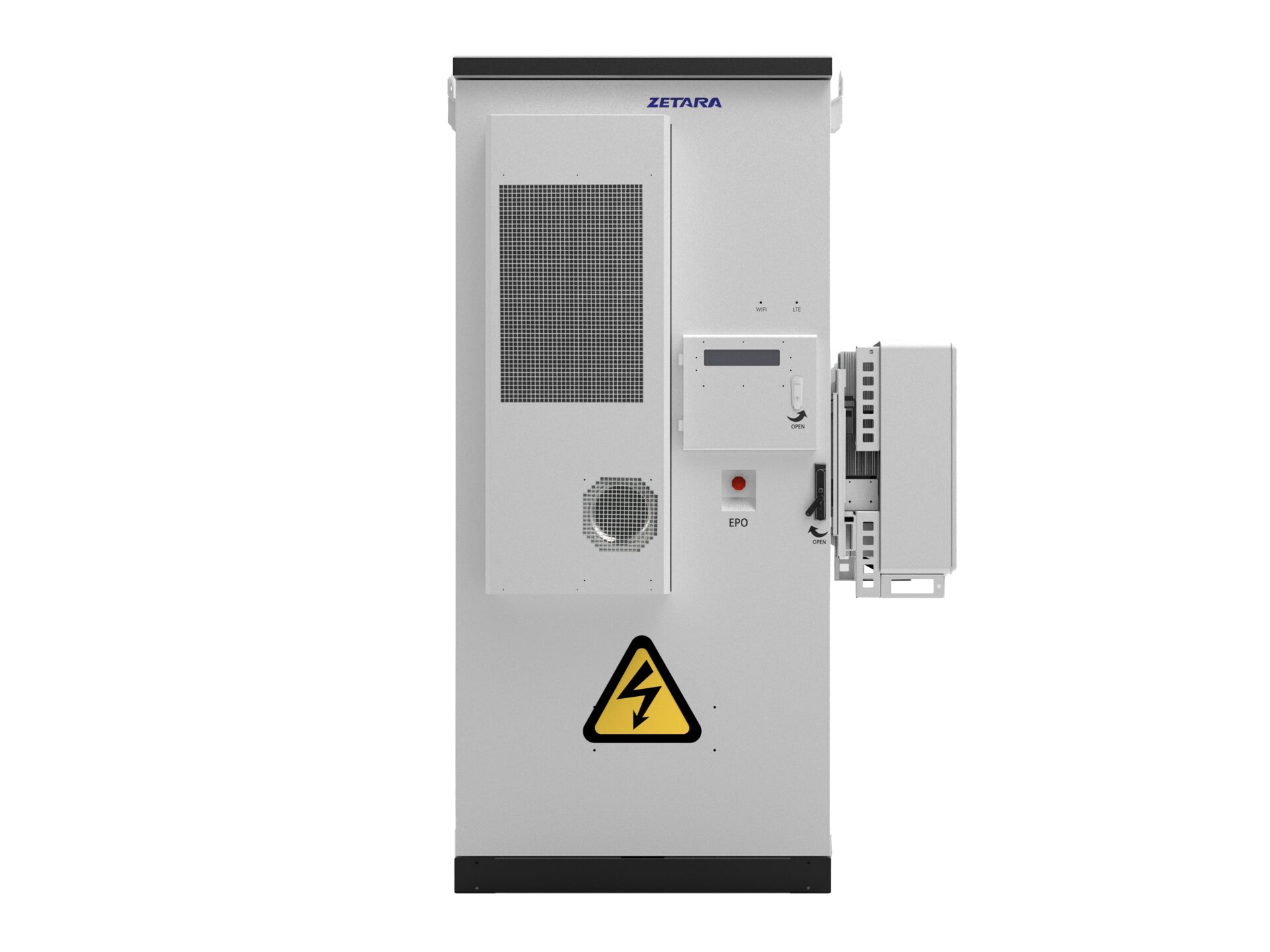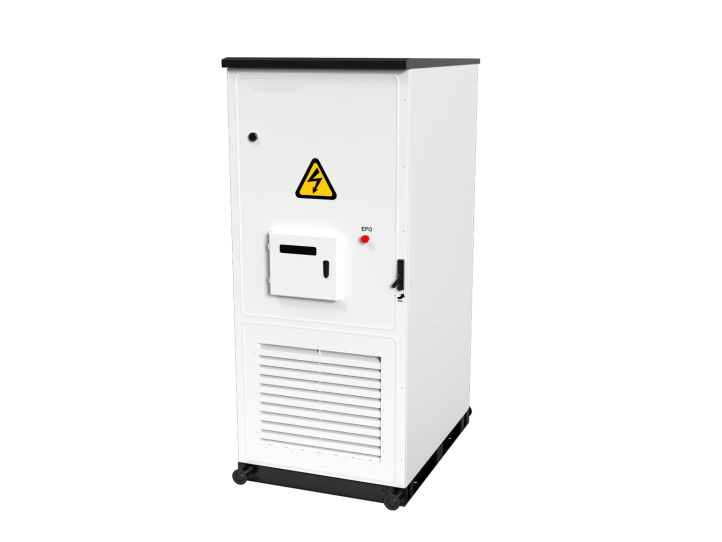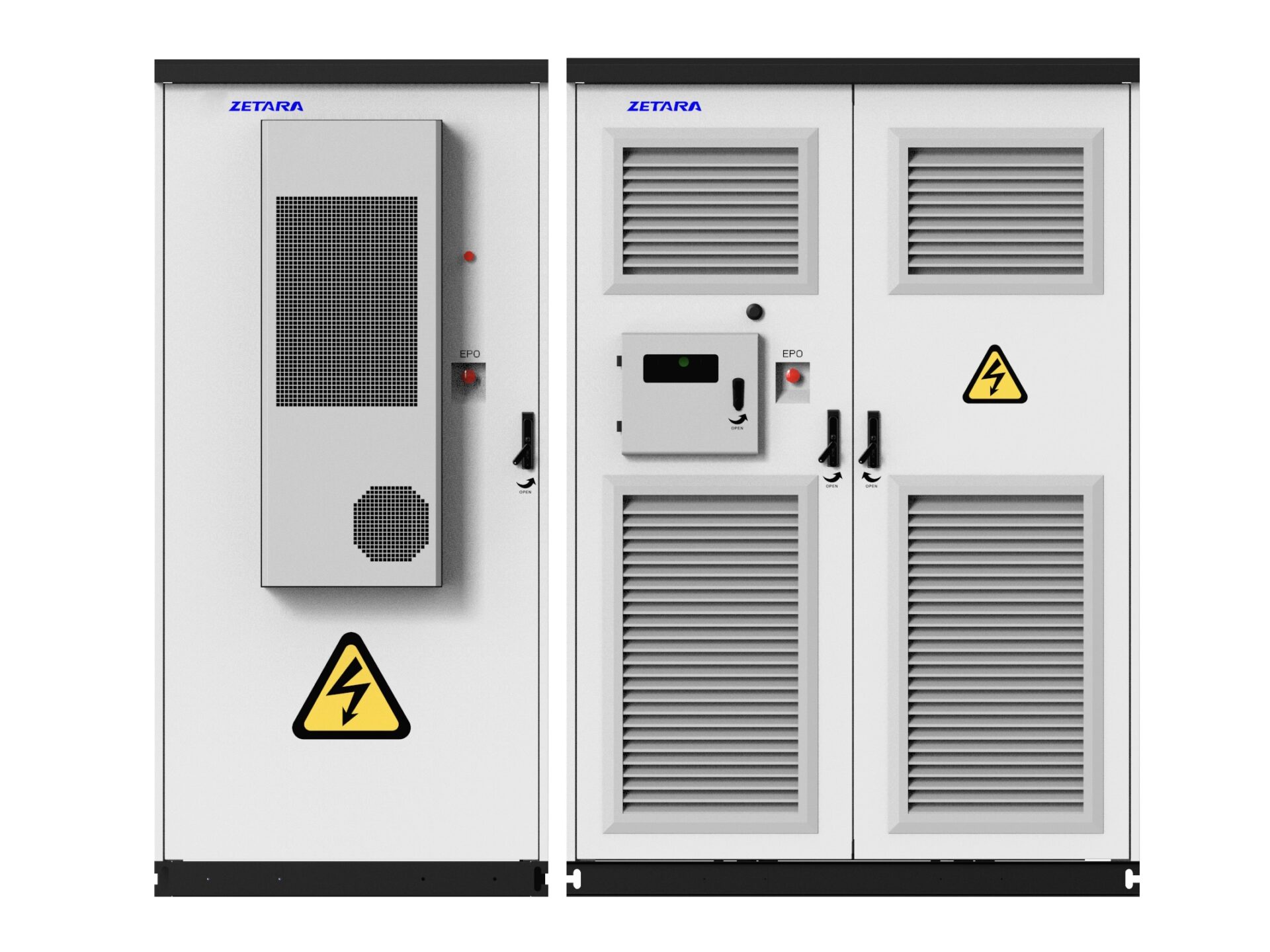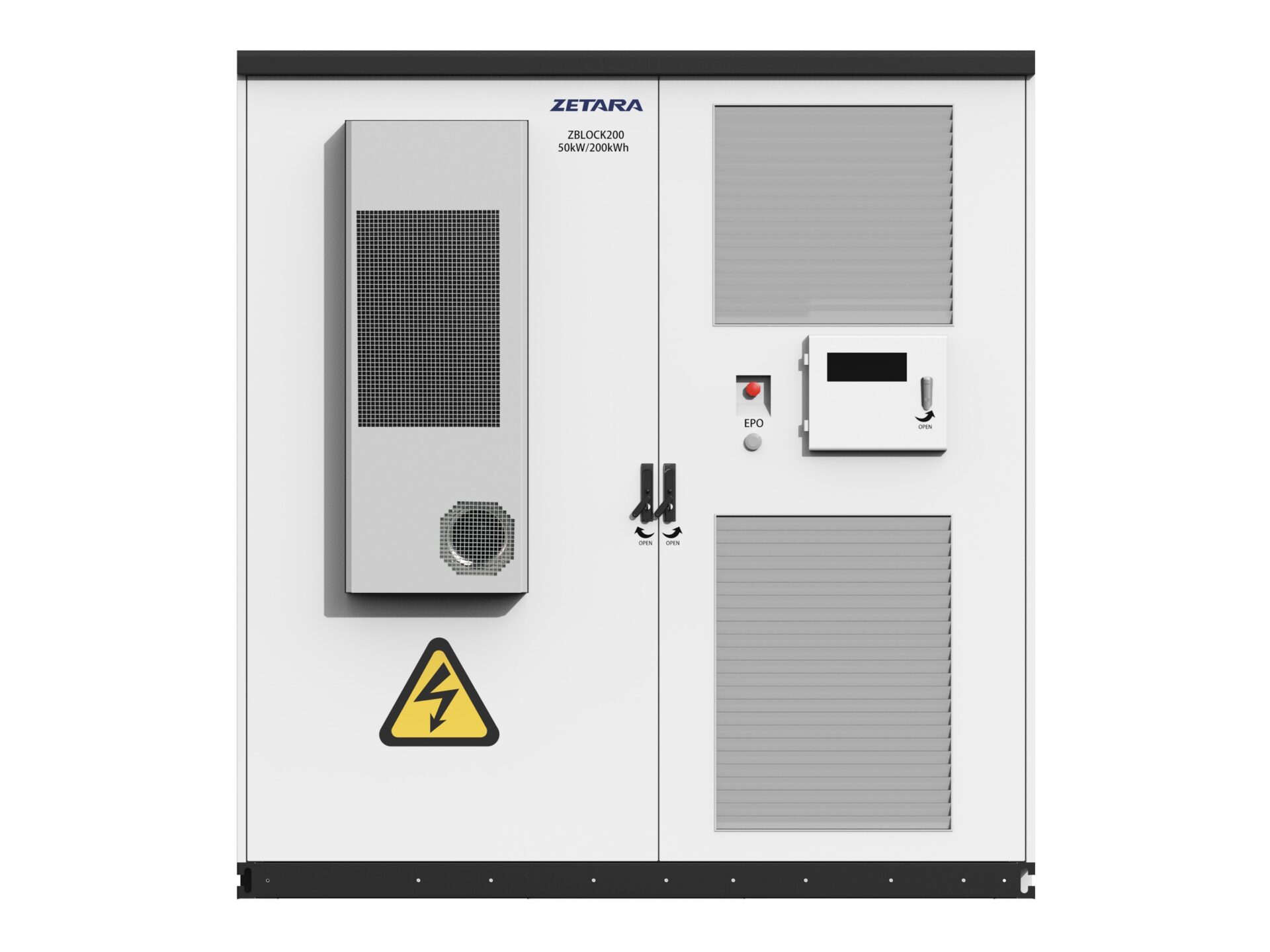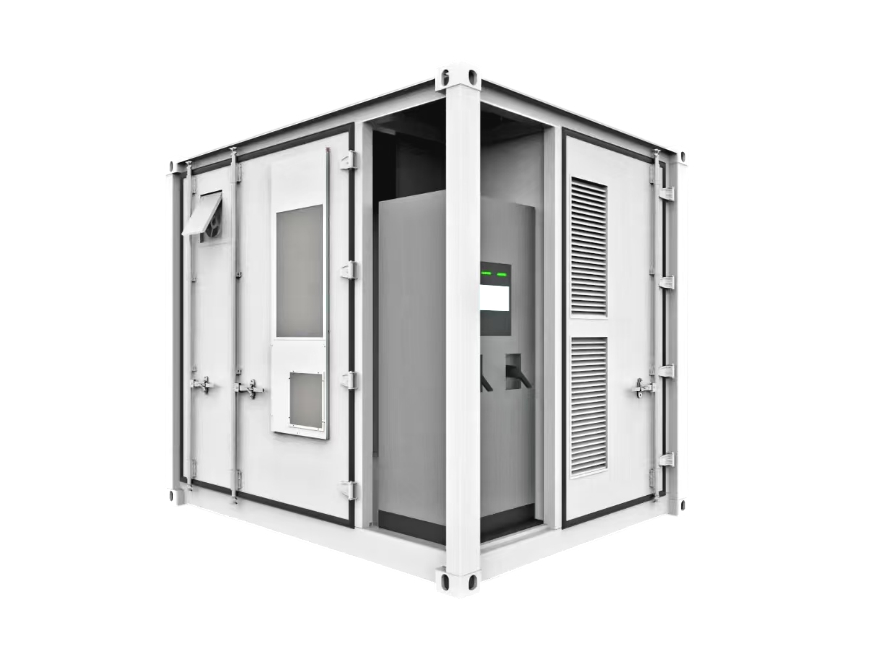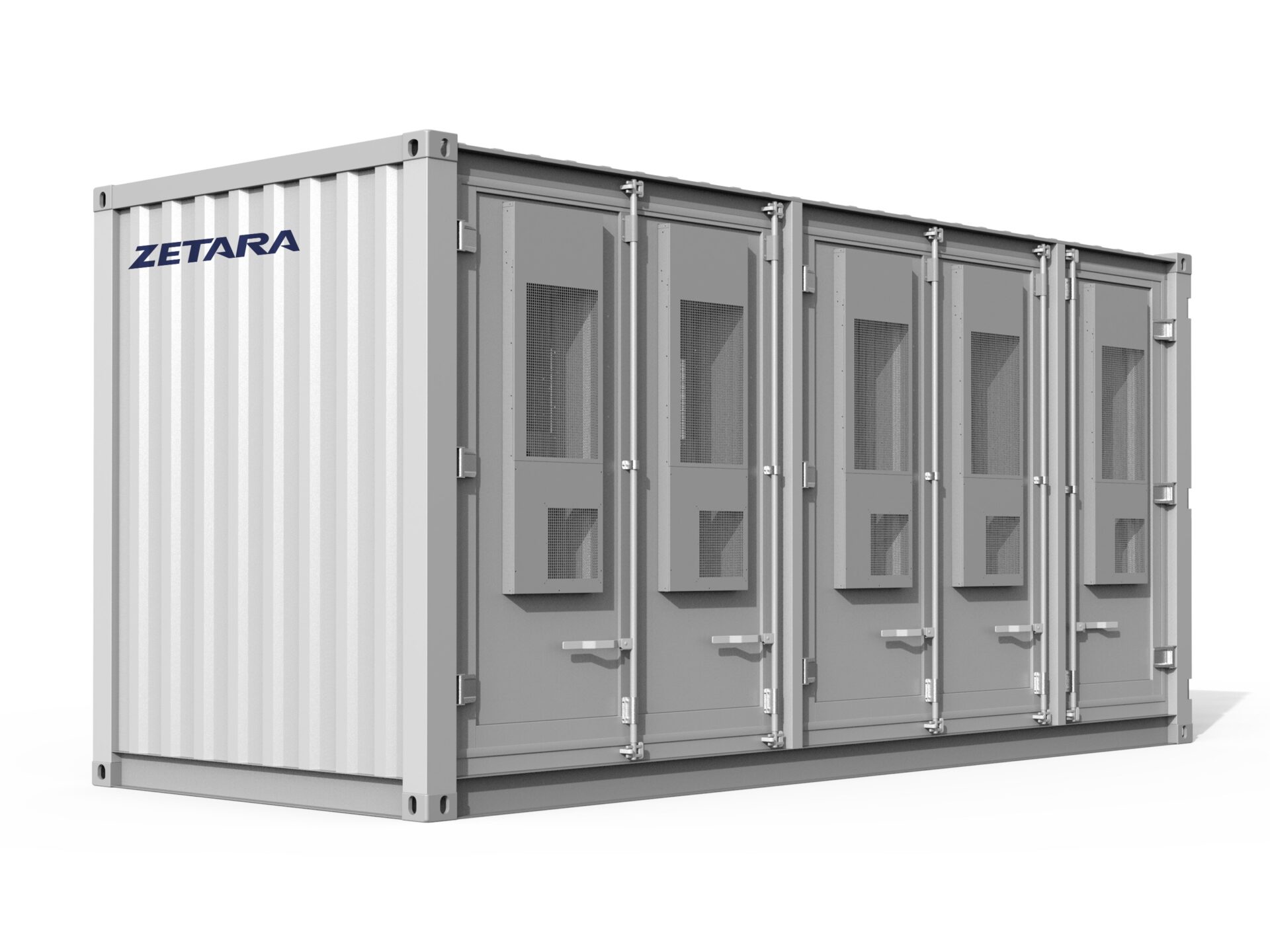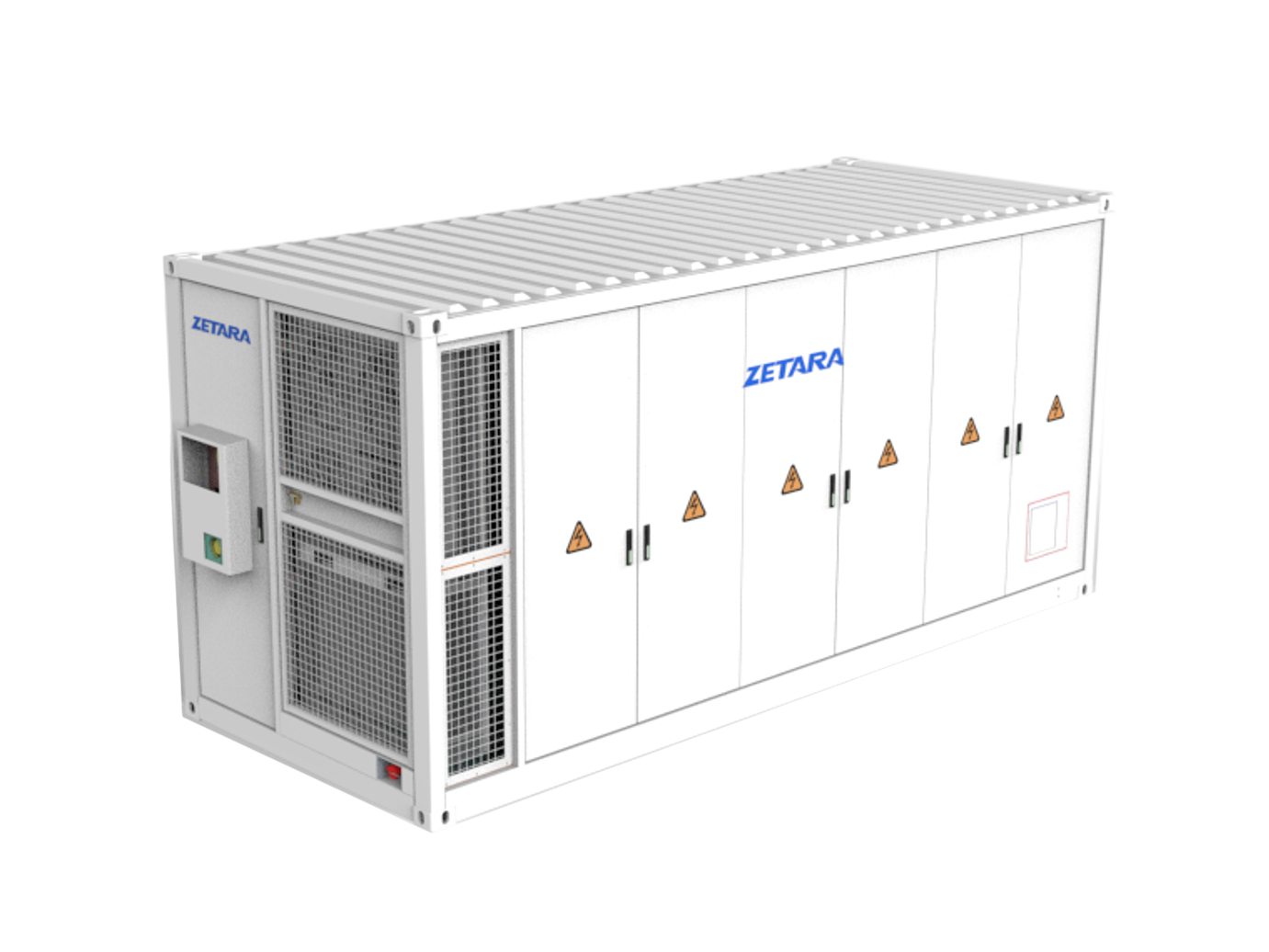C&I BESS Solution
The energy landscape is evolving, and businesses are seeking cost-effective, reliable, and sustainable energy solutions. Our Commercial & Industrial (C&I) Battery Energy Storage System (BESS) solution integrates solar energy generation, battery storage, and smart energy management to help businesses reduce electricity costs, enhance power reliability, and optimize energy use. With a modular and scalable design, our system can be tailored to different energy demands, ensuring sustainable, cost-effective, and long-term energy solutions. This technology empowers factories, commercial buildings, warehouses, data centers, and industrial facilities to optimize power consumption while ensuring operational continuity.
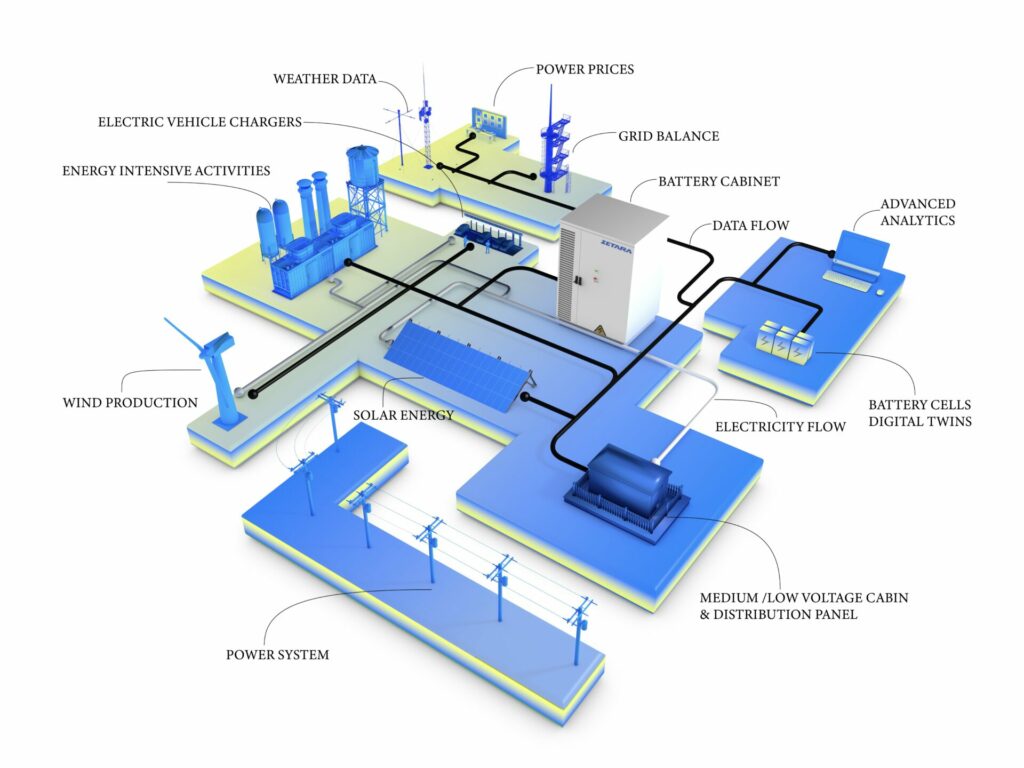
System Architecture
- On-Site Renewable Energy Generation
- Solar Energy: High-efficiency photovoltaic panels convert sunlight into electrical energy, forming the backbone of the system.
- Wind Production: Wind turbines generate electricity, complementing solar power and enhancing overall energy reliability.
- BESS
- Battery Cabinet: Centralized battery storage unit that stores excess renewable energy for later use.
- Battery Cells Digital Twins: Advanced battery monitoring through digital twins enables predictive maintenance and performance optimization.
- Power Conversion & Distribution
- Power Conversion System (PCS): Ensures efficient DC-to-AC conversion, allowing seamless integration into the grid.
- Medium/Low Voltage Cabin & Distribution Panel: Manages power distribution, voltage regulation, and grid interconnection.
- Electricity Flow & Smart Grid Integration
- Electricity Flow & Grid Balance: BESS dynamically manages the injection and withdrawal of power, balancing grid demand.
- Energy-Intensive Activities: Supports industries with high energy demands by providing stable and cost-effective electricity.
- Advanced Analytics & Smart Control
- Weather Data Integration: Real-time weather monitoring optimizes energy dispatch based on solar and wind forecasts.
- Power Prices Monitoring: Market-based energy dispatch allows for optimal energy trading and arbitrage opportunities.
- Data Flow & Advanced Analytics: AI-powered EMS optimizes energy distribution and efficiency.
- EV Charging Integration
- EV Chargers: The system supports electric vehicle charging stations, leveraging stored renewable energy to reduce grid dependency.

Lower energy costs

Enhanced energy efficiency

Enhanced grid stability

Significant CO2 reduction
Benefits of PV Systems with BESS for Businesses
Battery Energy Storage Systems (BESS) make solar power utilization more flexible and unlock diverse opportunities for businesses. The applications of energy storage are varied, offering the following key advantages:
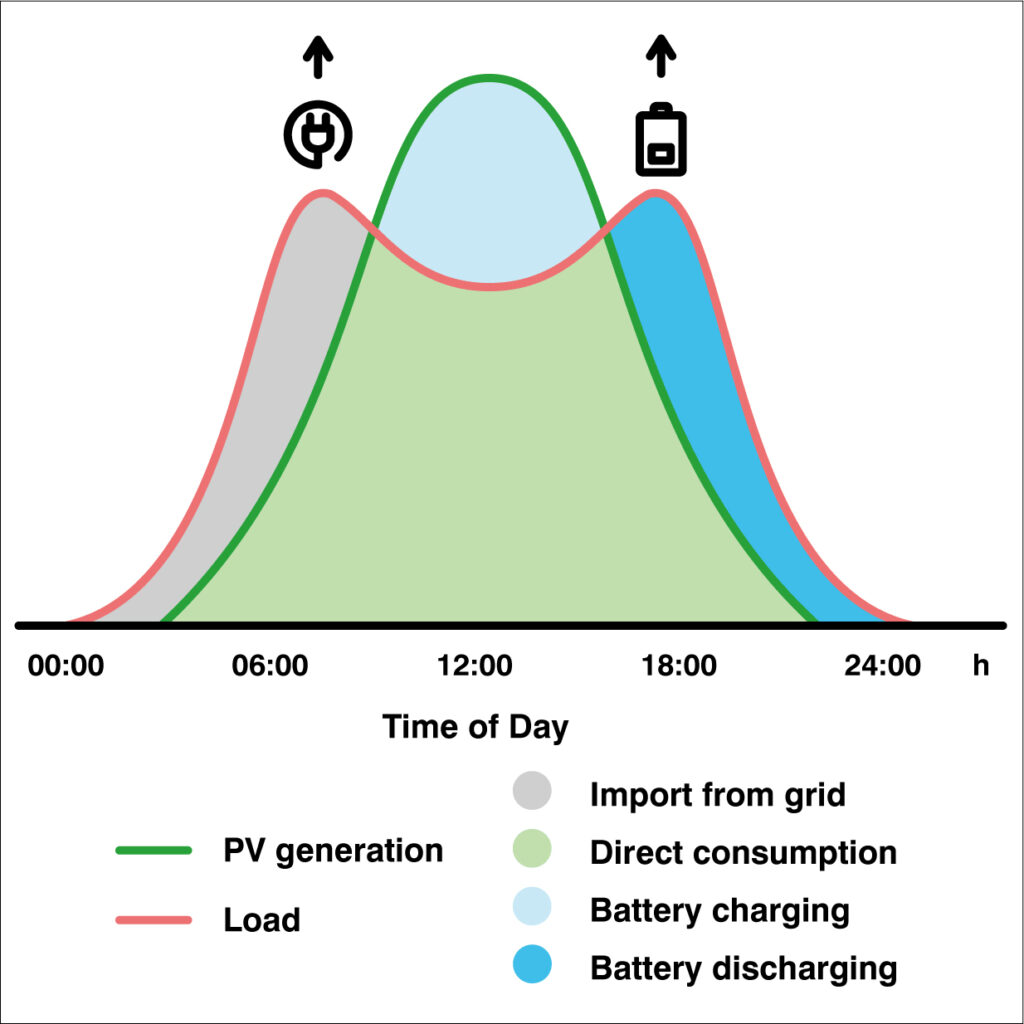
Maximizing PV Self-Consumption
Store surplus solar energy and use it when needed, reducing dependency on the grid and enhancing energy independence.
Maximizing Energy Efficiency with PV Self-Consumption Optimization
PV systems produce significant amounts of electricity during the day but generate little to no power in the mornings and evenings. For companies with high energy demands during these off-peak solar hours, this often results in costly reliance on electricity from the grid. At the same time, surplus solar energy generated during the day is fed into the grid at low compensation rates, leaving much of the PV system’s cost-saving potential untapped.
Advanced technologies, such as Zetara BESS, offer a solution to this challenge. By safely storing excess solar power produced during the day, businesses can ensure a reliable energy supply that aligns with their consumption patterns, maximizing the benefits of renewable energy while reducing grid dependency and costs.
Benefits of Maximizing PV Self-Consumption

Lower operating costs

Independence from the grid

Enhanced energy efficiency

Significant CO2 reduction
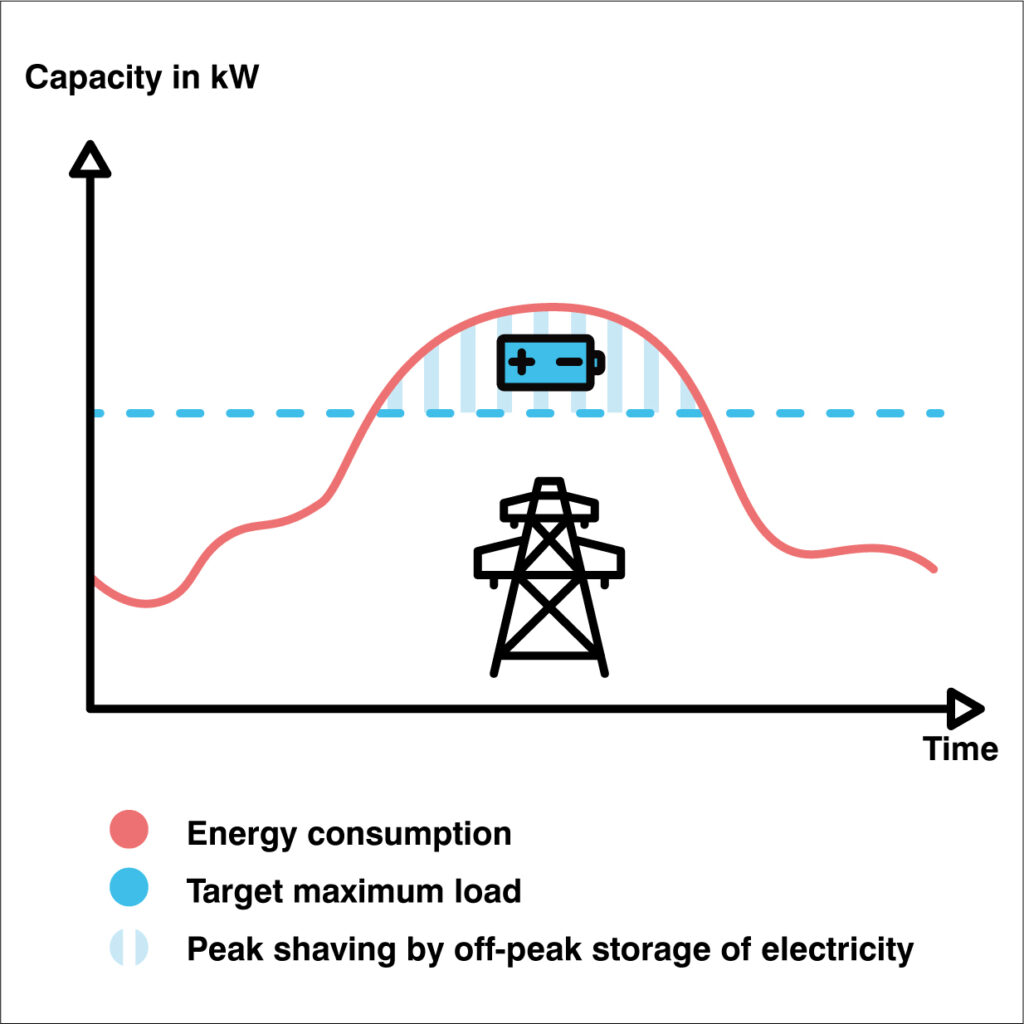
Peak Shaving
Manage significant energy demand fluctuations by reducing peak power consumption. BESS can mitigate peak loads, lowering energy costs by minimizing network usage fees often calculated based on a business’s maximum power demand (€/kW).
Managing Peak Loads: The Hidden Cost of Energy Consumption
When a company consumes a large amount of electricity during certain peak times, such as starting multiple machines simultaneously, it places a significant strain on the electricity grid. This maximum demand is known as the “peak load” or simply “peak.”
The issue with peak loads is their substantial impact on electricity costs. In addition to the standard energy price, electricity suppliers include a demand charge, which accounts for the peak loads – even if the elevated power usage occurs for only a short duration. A single instance of increased energy consumption can significantly inflate the electricity bill for the entire billing period.
This becomes particularly critical for businesses with an annual electricity consumption exceeding 100,000 kWh. In such cases, the energy supplier typically applies two pricing components: a working price for the energy consumed and a performance price based on peak demand. The performance price is calculated based on the highest electricity usage recorded within any 15-minute interval. Exceeding this threshold even once can lead to increased costs for the entire year.
Benefits of Peak Shaving

Lower operating costs

Better control over energy costs

No more expensive tariffs

Significant CO2 reduction

Uninterrupted Power Supply (UPS)
In case of power outages, BESS ensures a reliable power supply, preventing operational disruptions and safeguarding production continuity.
Ensuring Reliable Power Supply with UPS and Energy Storage Systems
A UPS system with an integrated energy storage solution combines solar energy generation and battery storage to ensure uninterrupted power supply. During normal operation, the PV system powers the load and charges the batteries, while the energy storage system acts as a backup during grid failures. This setup guarantees critical operations remain unaffected, improves energy reliability, reduces grid dependence, and optimizes the use of renewable energy.
UPS systems are essential for maintaining power during public grid outages, enabling businesses to continue operating seamlessly in critical situations. Battery storage systems are key to ensuring this reliability. For example, the Zetara commercial storage system provides a dependable power source during emergencies. With regular maintenance, these systems can safely bridge power outages based on their storage capacity.
Benefits of UPS

Reliable power supply

Uninterrupted business operations

Security for customers & employees

Less noise and air pollution
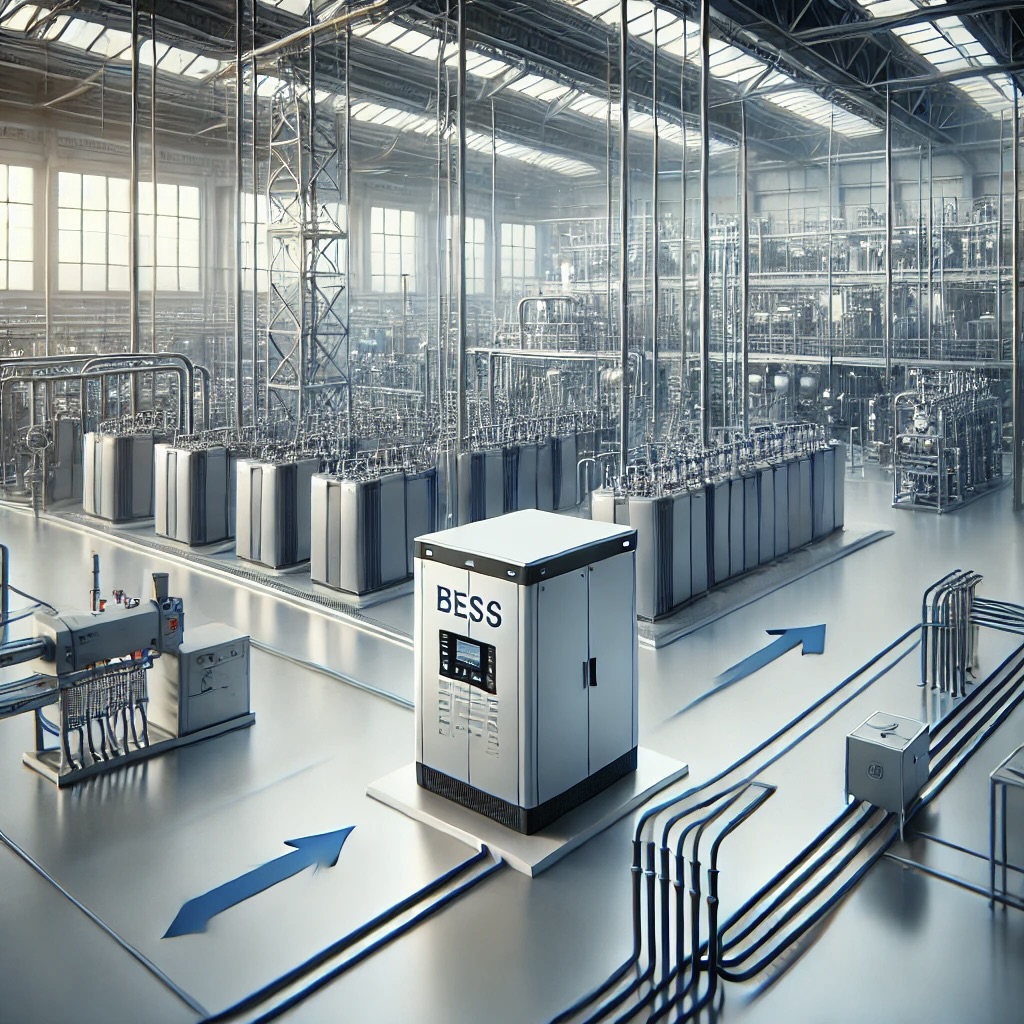
Power Boost
Address grid capacity limitations during equipment upgrades by providing additional power support. BESS offers a quick and cost-effective way to meet increased energy demands without waiting for grid expansion.
Handling Short-Term Spikes
A power boost capability allows businesses to manage sudden, short-term increases in energy demand without relying on or overloading the local power grid. These spikes, often caused by the start-up of heavy machinery or unexpected surges in activity, can strain the grid and lead to costly penalties or service interruptions.
With an energy storage system integrated into the power infrastructure, stored electricity can be rapidly deployed during these high-demand periods. This ensures that the additional power required is supplied seamlessly without exceeding the grid’s capacity.
Supporting Business Growth Without Grid Expansion
For businesses looking to scale operations, energy needs typically increase, potentially requiring costly grid upgrades or expansions to accommodate higher demand. However, with a power boost feature, an energy storage system can supplement grid power, delivering the extra electricity needed for growth without requiring changes to the existing grid infrastructure. This not only saves costs but also accelerates the expansion process by avoiding lengthy grid upgrade timelines.
Benefits of Power Boost

Better control over energy costs

Avoid grid overload

Support business growth

Faster implementation
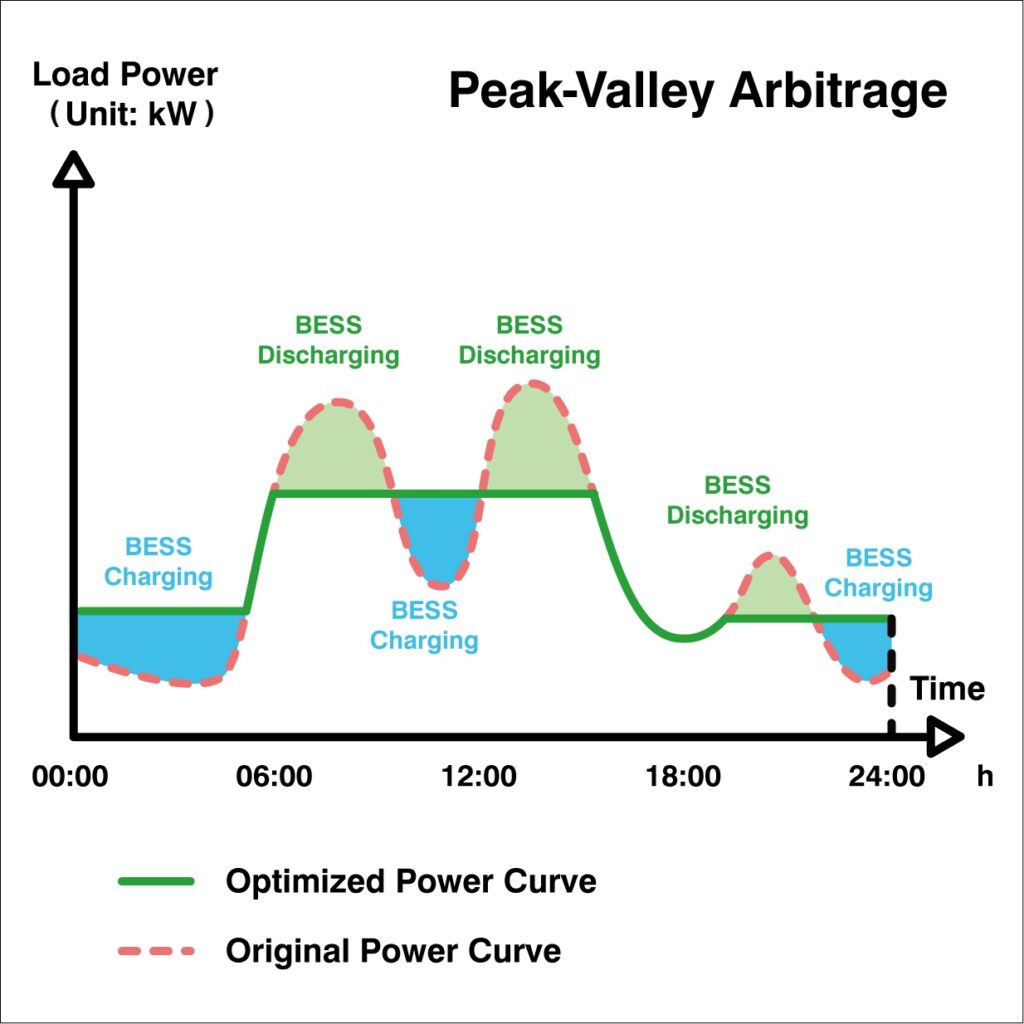
Peak-Valley Arbitrage
Leverage dynamic electricity pricing with smart grids or energy management systems. Charge batteries during low-cost periods and discharge them when prices are high to reduce costs or generate revenue by feeding power back into the grid.
Peak-Valley Arbitrage and Flexible Energy Trading Strategies
Peak-Valley Arbitrage is a strategy that takes advantage of fluctuating electricity prices by buying electricity during low-cost, off-peak periods and selling it during high-cost, peak periods. This approach is especially effective with energy storage systems, such as batteries, which store electricity during off-peak hours and discharge it during peak hours to maximize profit. The strategy relies on the price differences between high-demand (peak) and low-demand (valley) periods, allowing users to reduce their energy costs or generate revenue, particularly for businesses or homes with access to large-scale energy storage.
Opportunities in Intraday and Day-Ahead Trading
The volatility of the electricity market presents opportunities to match generation with demand through price incentives. Intraday trading involves short-term transactions, often occurring just minutes before delivery, allowing market participants to purchase electricity when prices are low and sell when they rise. By taking advantage of these dynamic market conditions, trading is optimized using smart algorithms. Energy storage systems are essential in this process, offering the flexibility needed to integrate fluctuating renewable energy sources. As renewable energy production grows and the market becomes more liberalized, intraday trading is expected to see increased volumes and greater price volatility.
In addition to intraday trading, other mechanisms also provide flexibility in energy markets. The day-ahead market, where prices are determined a day in advance, offers more predictability and reduces price volatility. This enables better planning and optimization of storage system operations, making it an effective tool for managing energy supply and demand.
Benefits of Peak-Valley Arbitrage

Profit maximization

Use temporal arbitrage with BESS

Enhance grid stability

Fill gaps in unused capacities
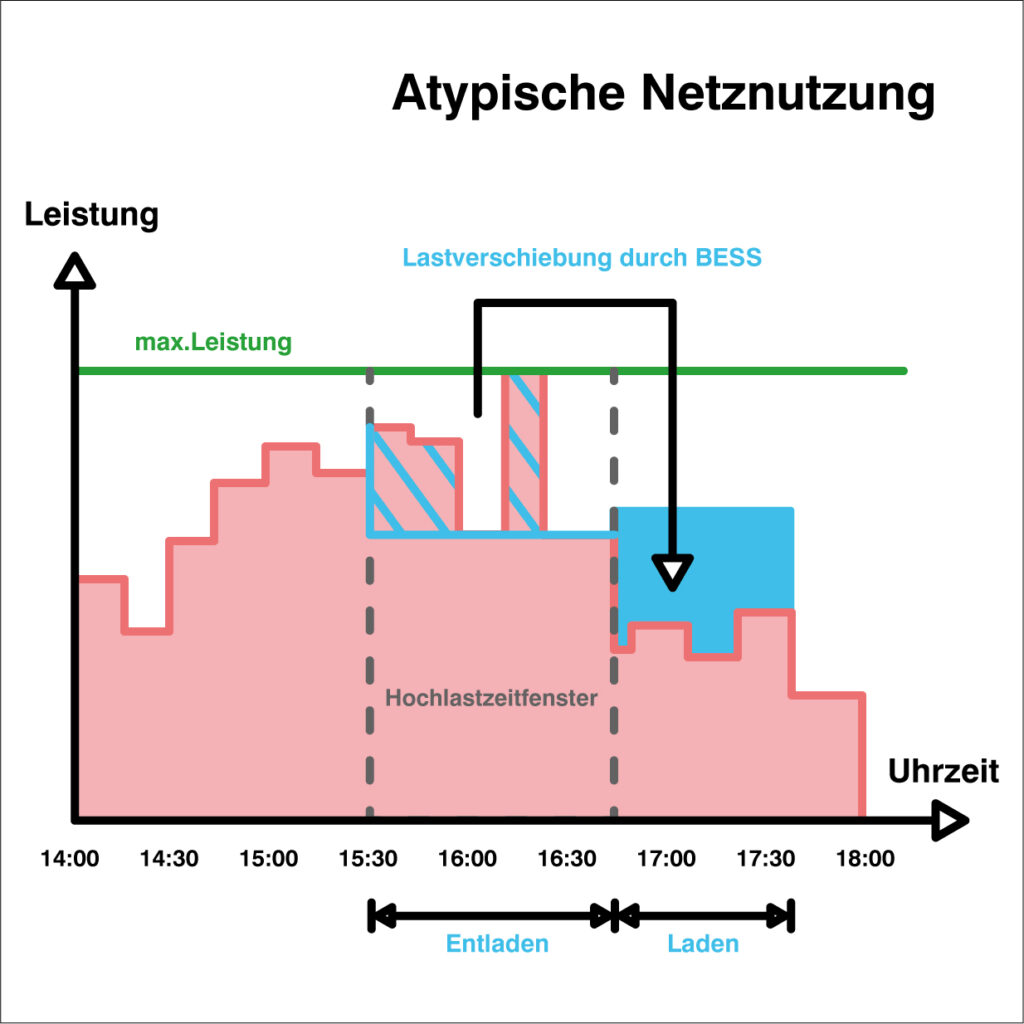
Atypical Grid Usage
Benefit from Germany’s pricing mechanism that reduces grid fees for businesses avoiding peak national grid demand periods. By shifting peak usage to off-peak times with the help of BESS and production flexibility, businesses can significantly cut grid-related costs and enhance operational efficiency.
What does Atypical Grid Usage mean?
According to § 19 (2) Sentence 1 of the Electricity Grid Charges Ordinance (StromNEV), grid operators are obliged to offer an individual grid charge if a company’s peak load significantly deviates from the general peak load on the grid. Energy-intensive companies with specific consumption patterns can particularly benefit from this. The basis for this is that the company’s peak load occurs outside the high-load time windows set by the grid operator, i.e., it is simply shifted. Atypical grid usage is therefore also considered a special form of peak shaving or load peak capping.
The high-load time windows are published each year by October 31 and apply for the following year. If your electricity consumption occurs during times when the grid is less loaded, you can significantly reduce your regular grid fees through targeted atypical grid usage.
The Role of BESS in Atypical Grid Usage
In Atypical Grid Usage (Atypische Netznutzung), BESS plays a vital role by enabling peak shaving, storing energy during low-demand periods, and supplying it during peak times to reduce grid charges. It supports demand response, ensuring operations during grid peaks with stored energy, and enhances load flexibility by shifting energy use to off-peak times. This allows businesses to meet atypical grid usage requirements, optimize costs, and benefit from reduced grid fees.
Benefits of Atypical Grid Usage

Lower operating costs

Better control over energy costs

Enhance grid stability

Enhance operational flexibility
Application Scenarios
Globally Reliable Energy Solutions

For decades, our solutions have been driving the transition toward a climate-friendly, decentralized energy future. From
private homes and commercial enterprises to large-scale power plants, our technologies deliver reliable performance across diverse environments—urban centers, rural areas, deserts, islands, and mountains.
Designed to withstand the harshest conditions, our systems comply with international standards and undergo rigorous testing in state-of-the-art facilities. Our advanced test centers simulate extreme weather conditions, ensuring longevity and resilience in intense heat, freezing cold, and high humidity. By continuously optimizing durability and performance, we provide energy solutions that operate reliably anywhere in the world.
;)
;)
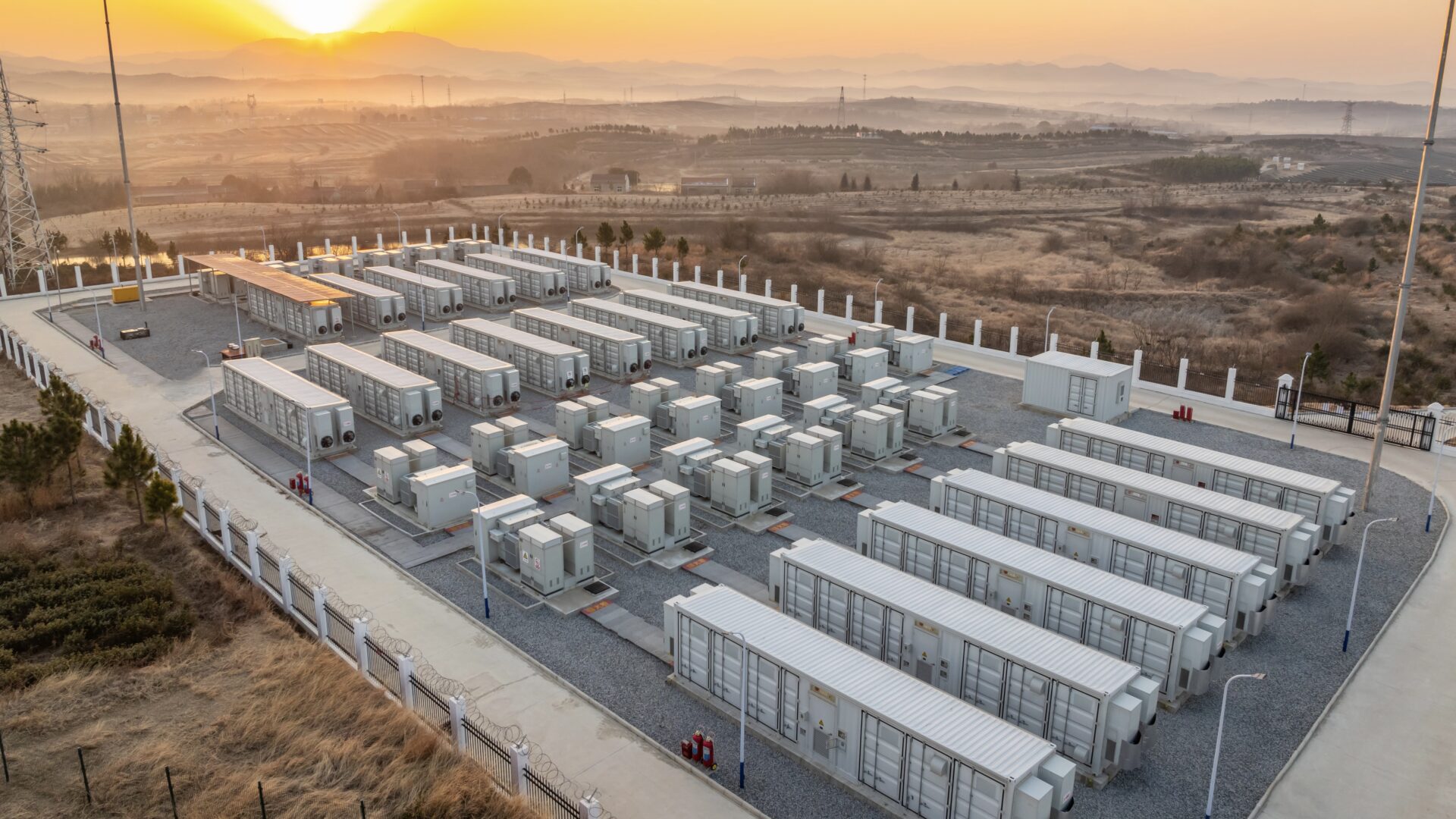;)
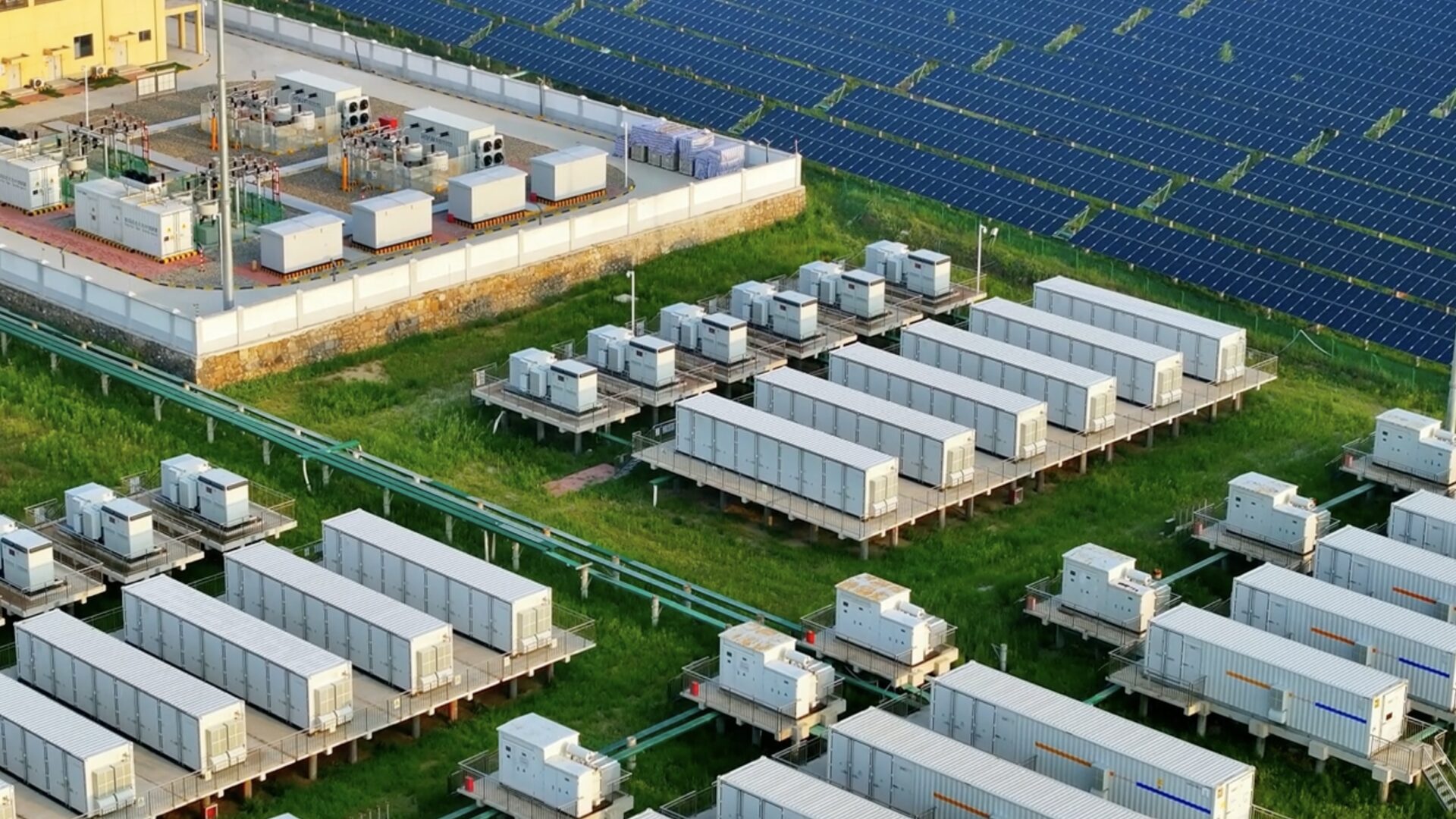;)

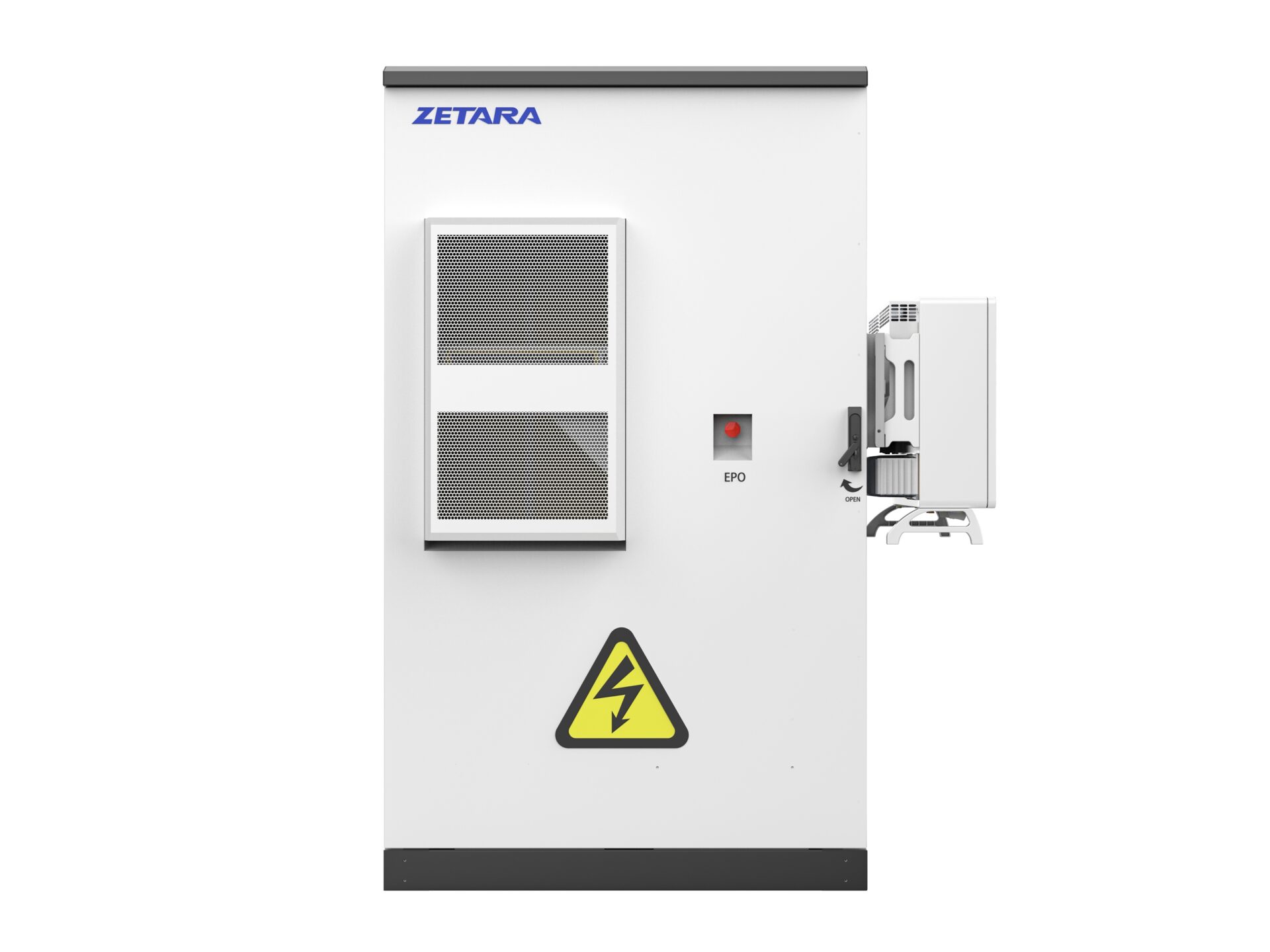
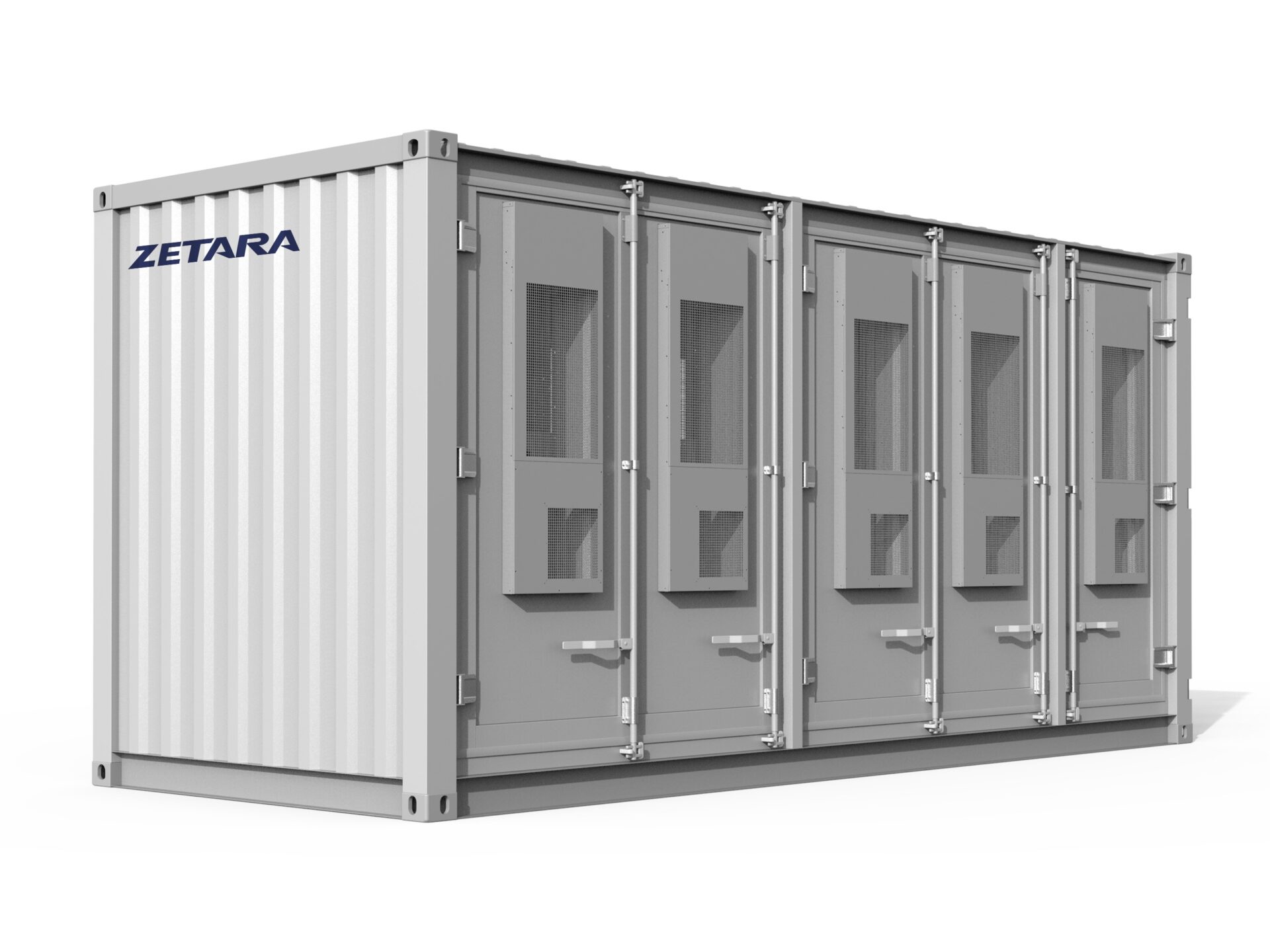
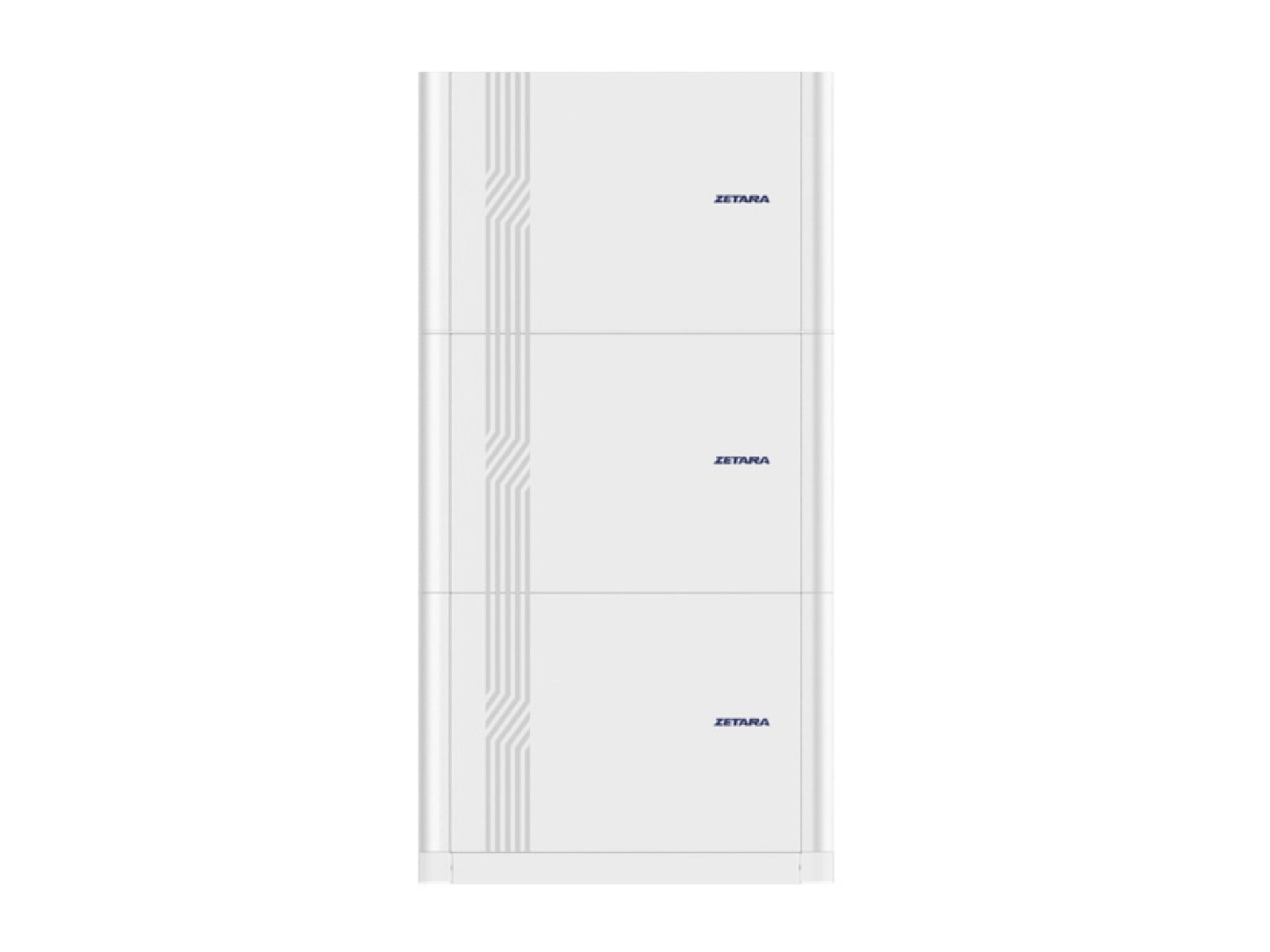
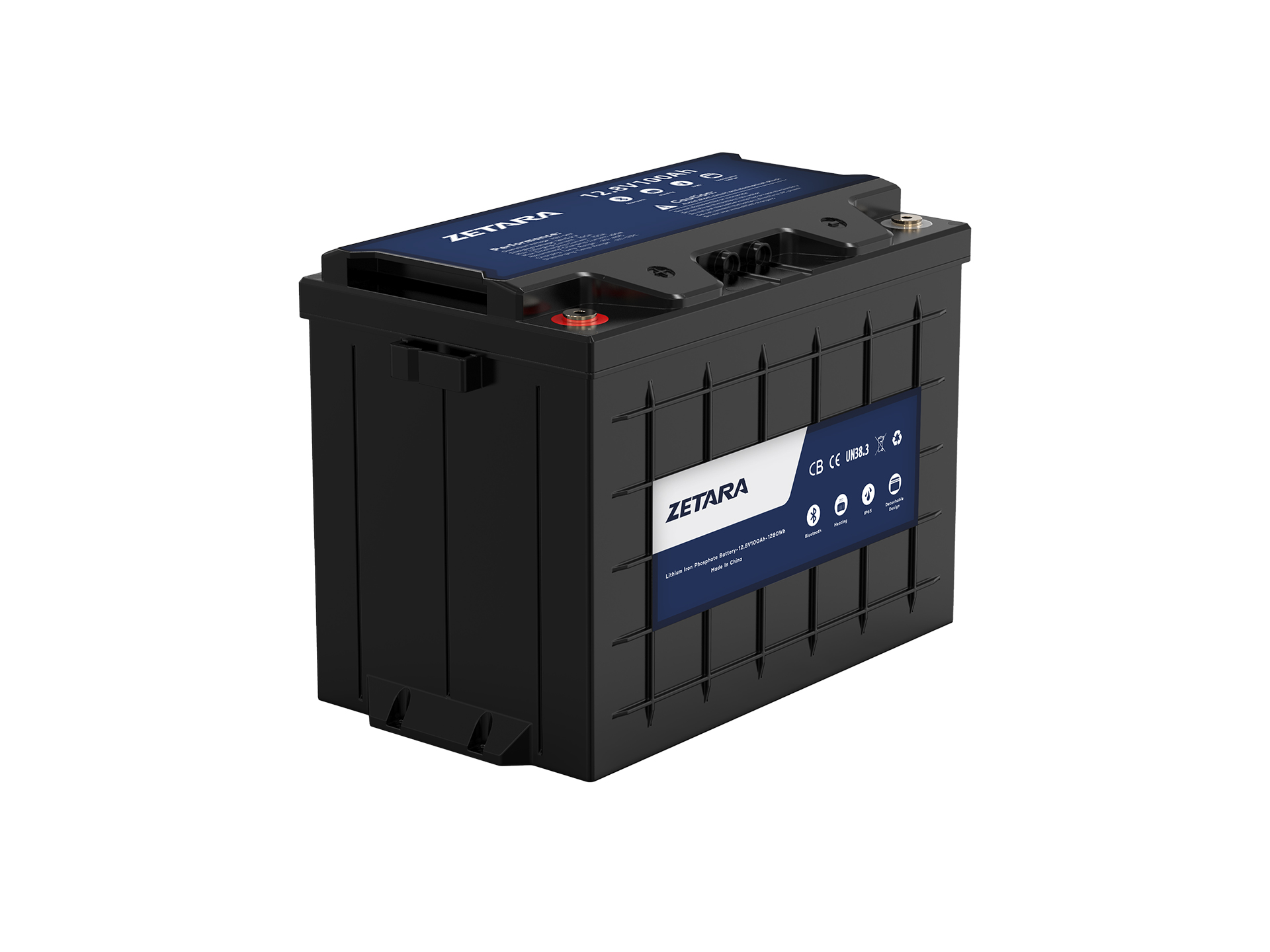
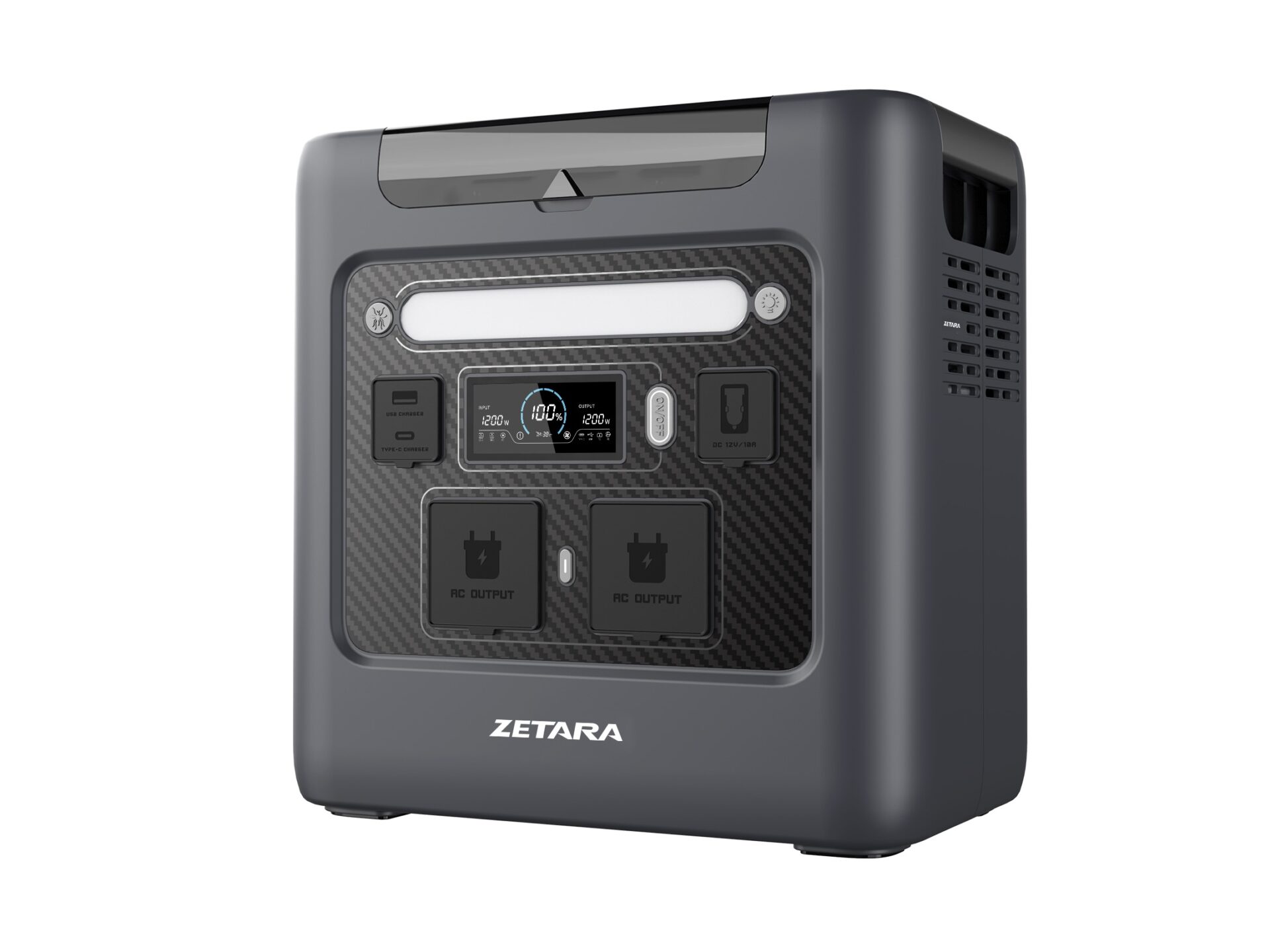
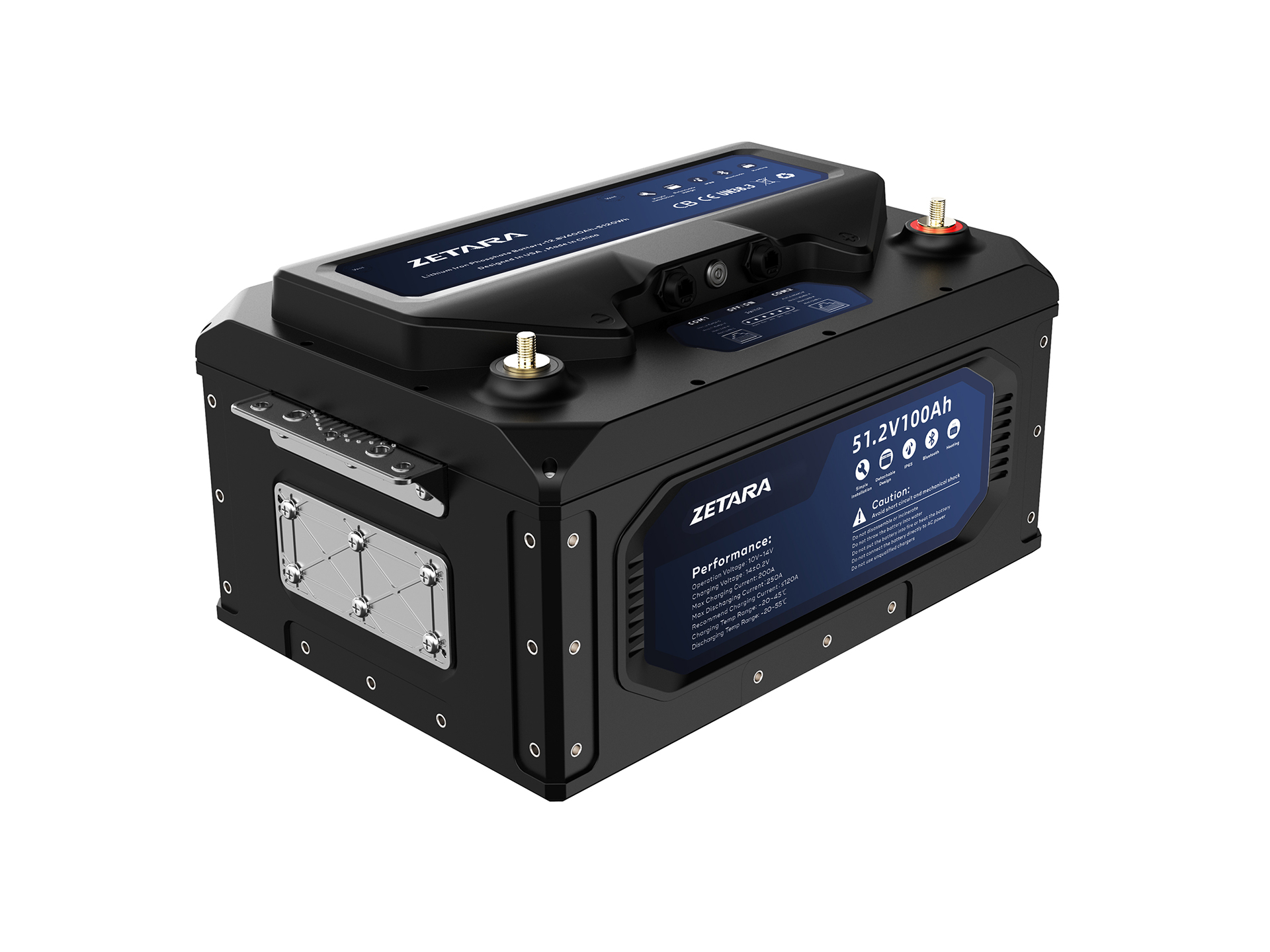
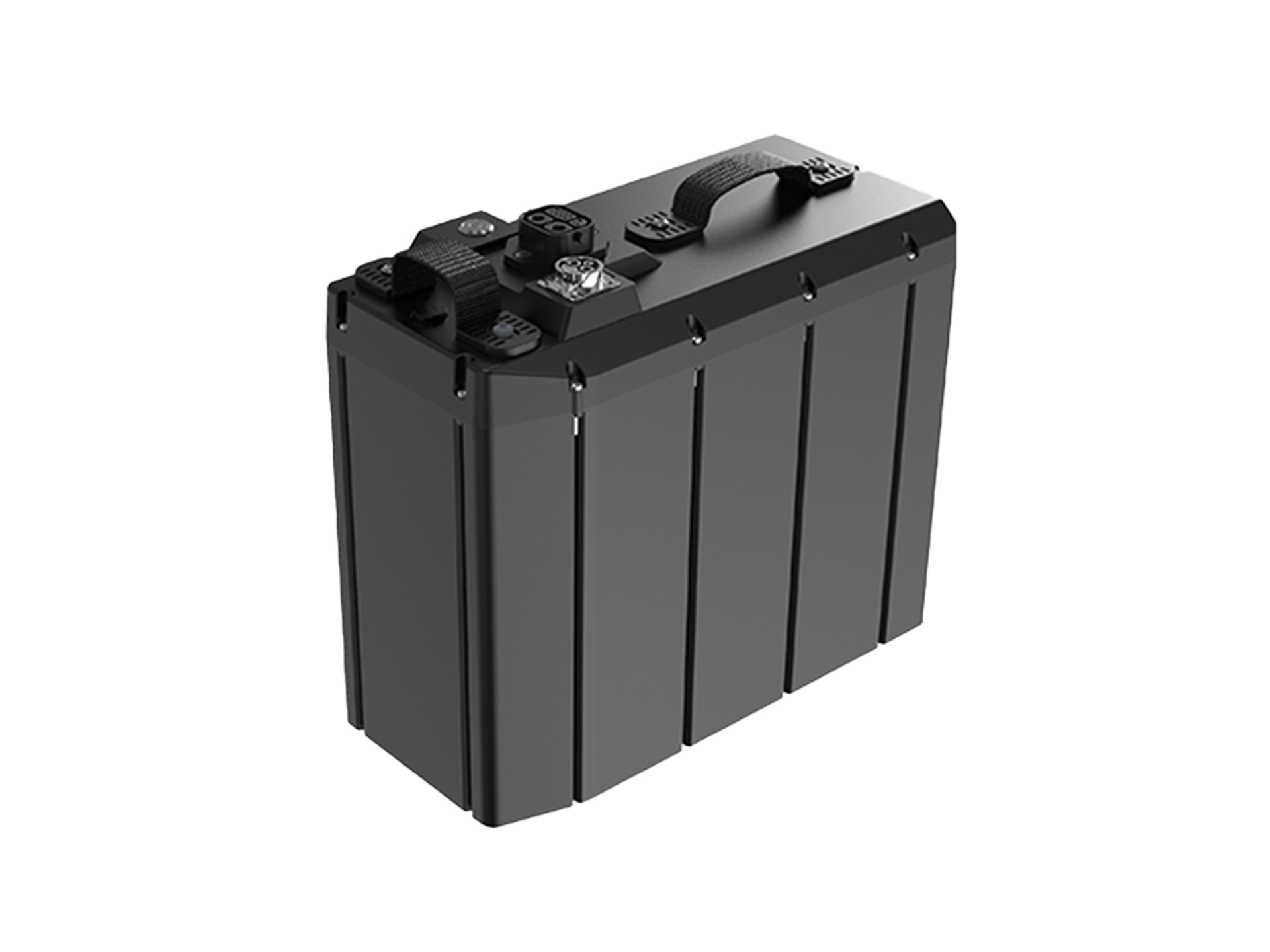

;)
;)
;)
;)
;)
;)
;)
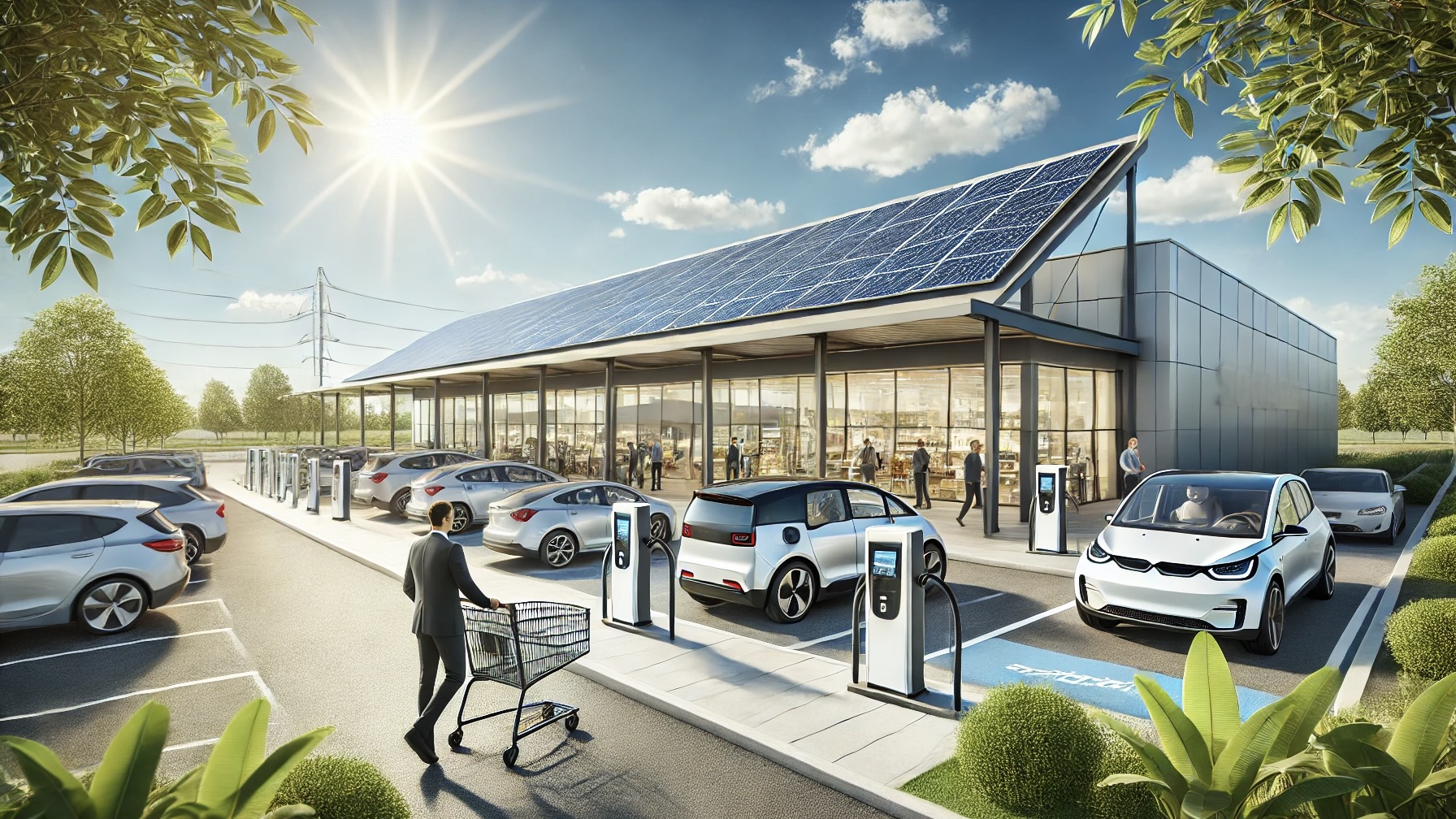;)
;)
;)
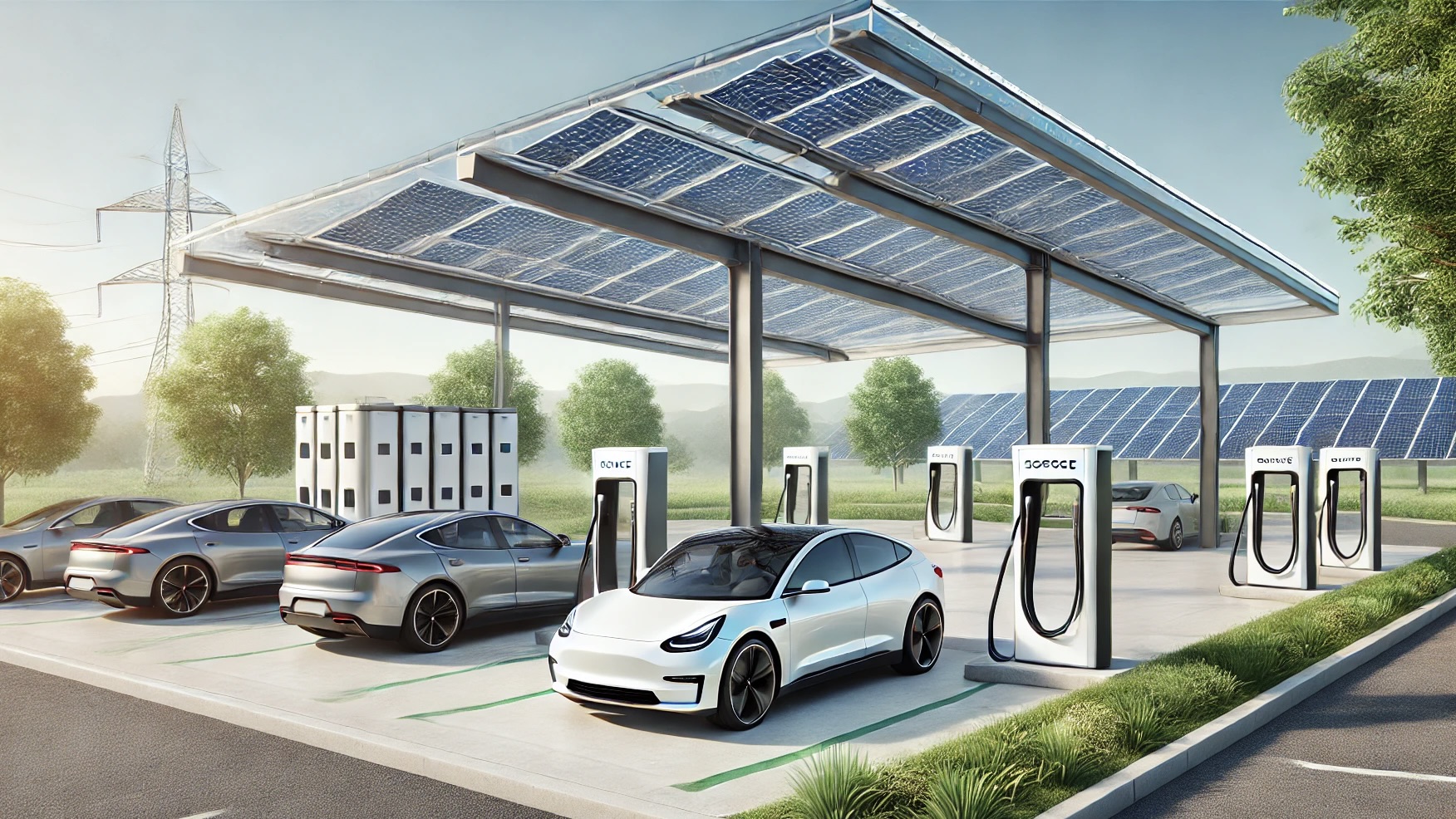;)
;)
;)
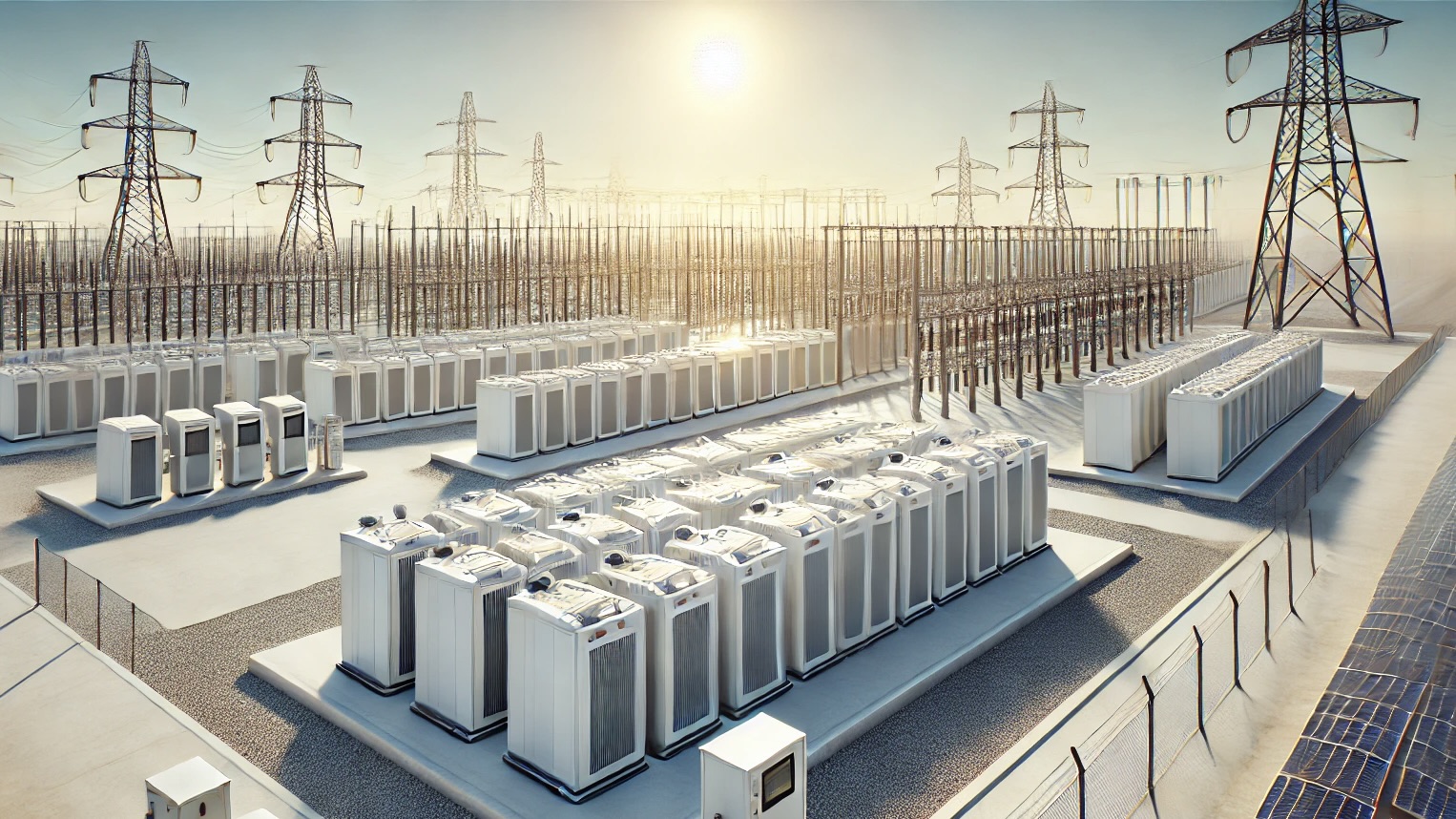;)
;)

